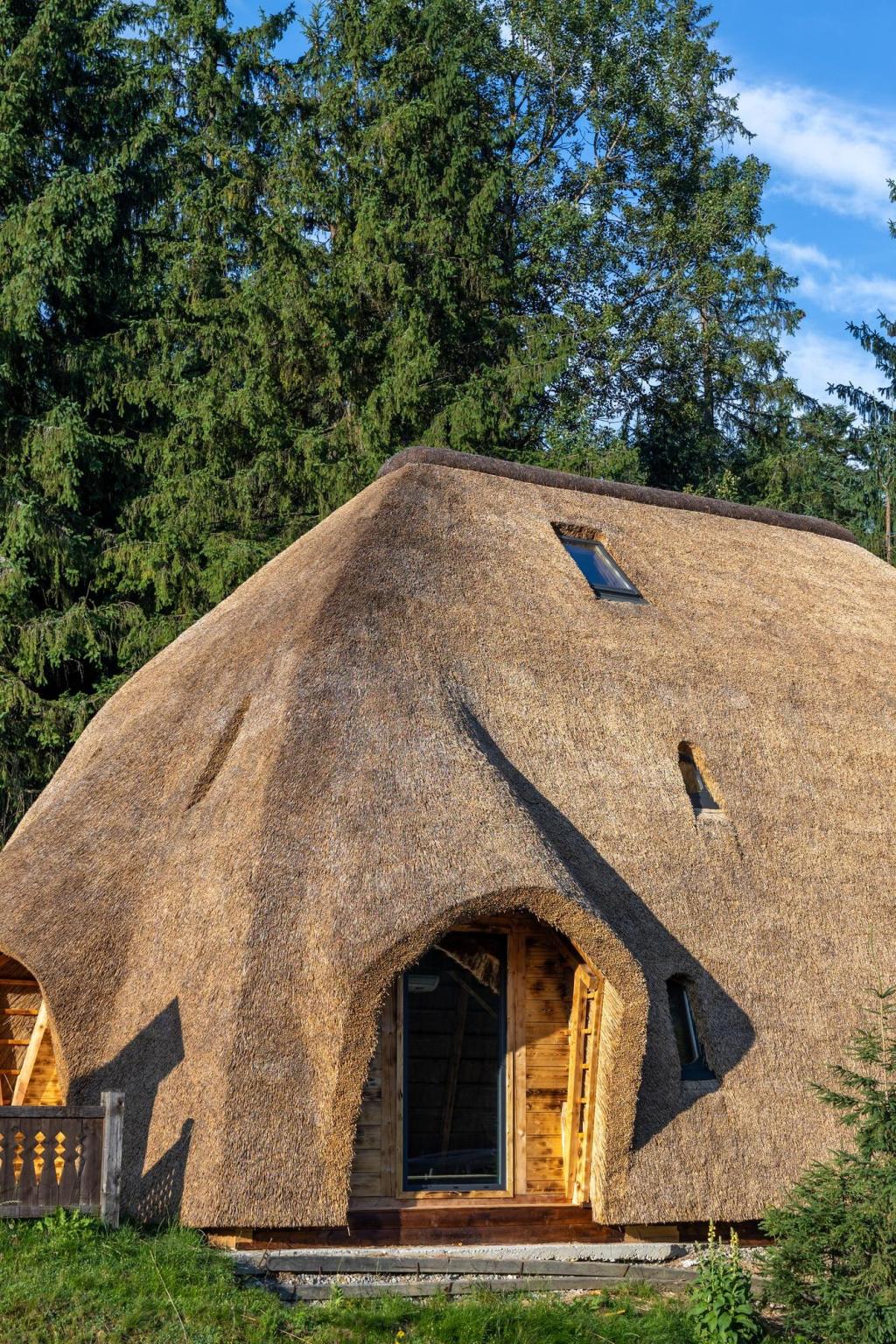Understanding Weather-Responsive Building Materials
From phase transitions to color shifts, materials can absorb, store, and release energy as conditions change. No apps, no noise—just elegant behavior encoded in matter, trimmed for comfort and efficiency across diverse climates.
Understanding Weather-Responsive Building Materials
Bimetals curl when warmed, wood veneers open as they absorb humidity, and hydrogels swell to block glare. These responses happen automatically, turning façades into living interfaces that modulate light, heat, and airflow.




